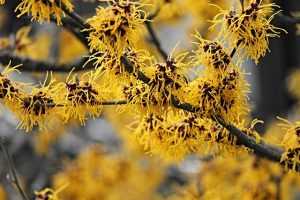As summer reaches its peak in June and July, gardeners across the United States find themselves in an exciting phase of planting. These months offer a unique opportunity to cultivate a variety of vegetables, flowers, herbs, and landscape plants. Depending on your USDA zone, the possibilities will vary significantly.
In this guide, we will explore what can be planted during these vibrant summer months across different regions of the country, with detailed information on each plant.
Vegetables To Plant
Beets

Beets are excellent root vegetables that can be planted in USDA Zones 3-4 throughout June. They prefer well-drained, fertilized soil and can be sown directly into the garden. When planting beets, drop seeds about 1 inch apart in rows spaced 12-18 inches apart. Beets thrive in cooler temperatures, achieving their best flavor when grown in the heat of summer and harvested in the early fall. Regular watering is essential, especially during dry spells, to develop their sweet, tender roots.
Carrots
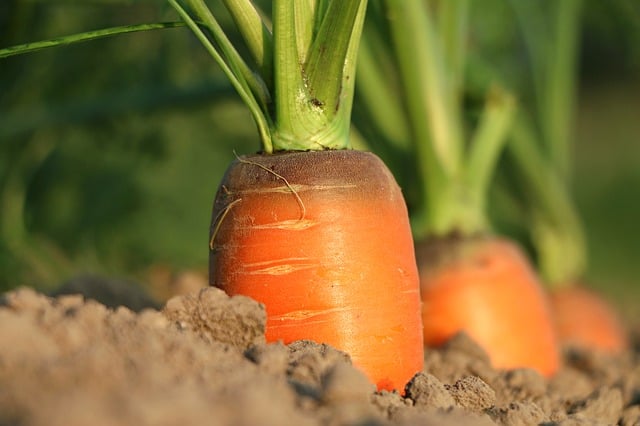
Carrots are another great crop for USDA Zones 3-4 that can be sown until late June. They require loose, sandy soil for unobstructed growth and should be planted at a depth of about 1/4 inch. As they germinate slowly, it’s crucial to keep the soil consistently moist. Once seeds sprout, thin them to about 2-4 inches apart to allow for sufficient space for growth. Carrots can be harvested in late summer to early fall, and those planted in summer can develop a sweeter flavor as they grow through the cooler temperatures.
Bush Beans
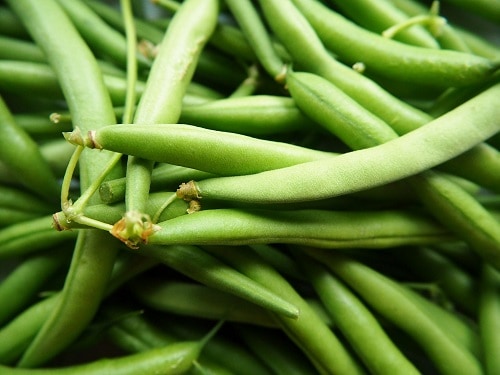
In USDA Zones 5-6, bush beans are ideal for planting from early to mid-June. These annuals are not heavy feeders, making them easy to grow in average soil. Sow seeds 1 inch deep in rows spaced about 18 inches apart. Bush beans typically mature in 50-60 days, providing quick yields. Regular picking encourages more production, and they grow best in full sun with well-drained soil.
Summer Squash
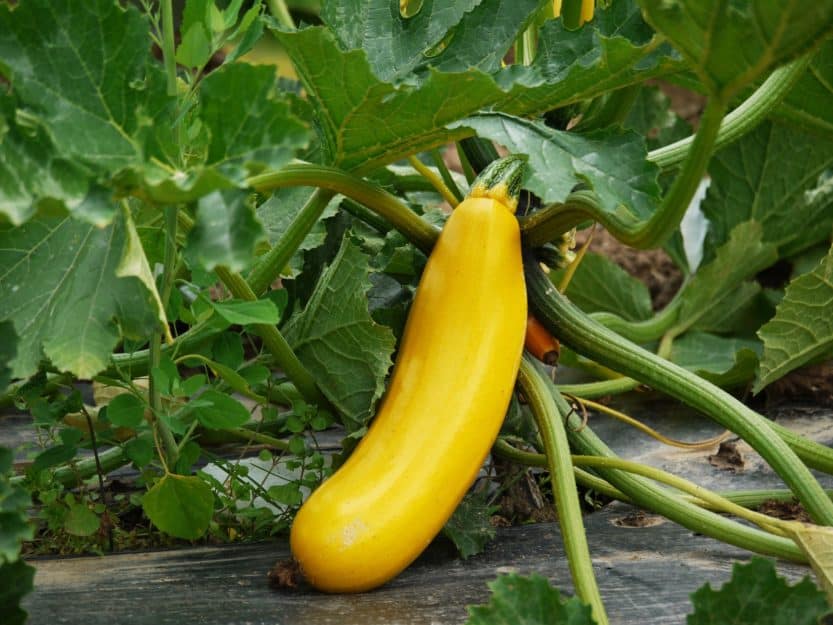
Summer squashes, including zucchini, can be sown in USDA Zones 5-6 in June. These are warm-season crops that require full sun and rich, well-drained soil. Plant seeds 1 inch deep in mounds placed 3 feet apart to allow for their sprawling nature. Summer squash matures rapidly and can be harvested as soon as it reaches a usable size, approximately 50-60 days after sowing. Regular watering and harvesting when young can encourage an extended harvest period.
Cowpeas
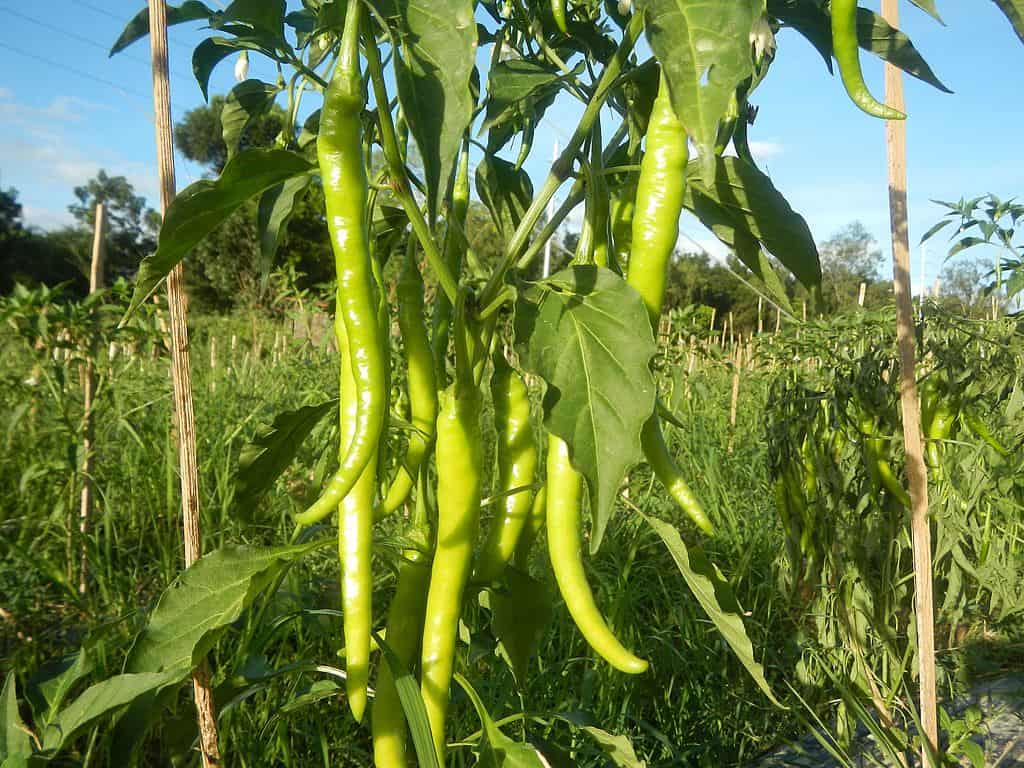
Cowpeas are suitable for planting in USDA Zones 7-8 from late May through July. They thrive in hot climates and can grow in less than ideal soil conditions. Sow seeds directly into well-drained soil approximately 1 inch deep and 3-4 inches apart; they prefer full sun. Cowpeas are nitrogen-fixing plants, enriching the soil for future crops, and can be harvested about 70-90 days after planting.
Cucumbers
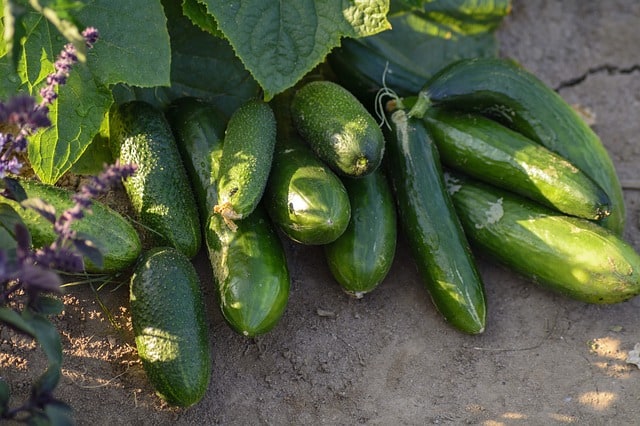
Cucumbers love heat and can be planted in USDA Zones 7-8 from mid-June through July. They need well-drained, nutrient-rich soil and should be sown about 1 inch deep. Use trellises for vining varieties to save space and improve air circulation. Cucumbers usually mature in 50-70 days, and regular harvest of the fruits will promote additional fruiting. Ensure they are watered consistently, especially in hot spells.
Sweet Potatoes
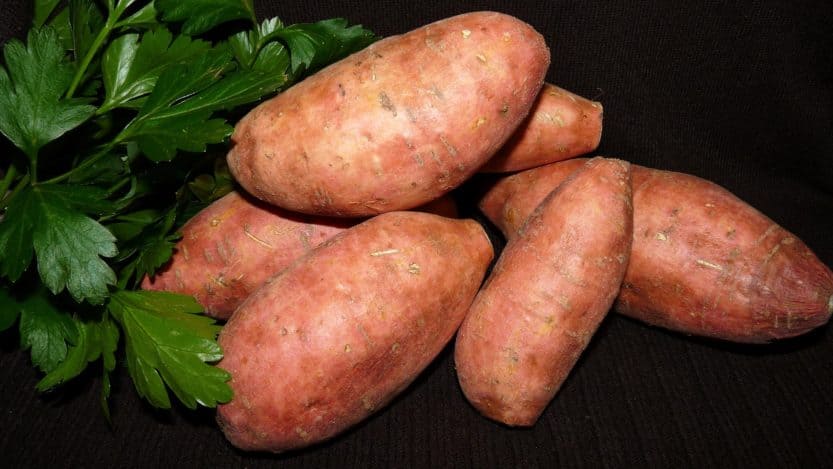
In USDA Zones 9-10, sweet potatoes can be planted in late June. They prefer well-drained soil in a sunny location. Start slips, which are small shoots from tubers, about 12 inches apart in rows. Sweet potatoes thrive in warm, humid conditions and take about 90-120 days to mature. Ensure adequate moisture, especially during dry periods, but avoid waterlogging, which can lead to rot.
Okra
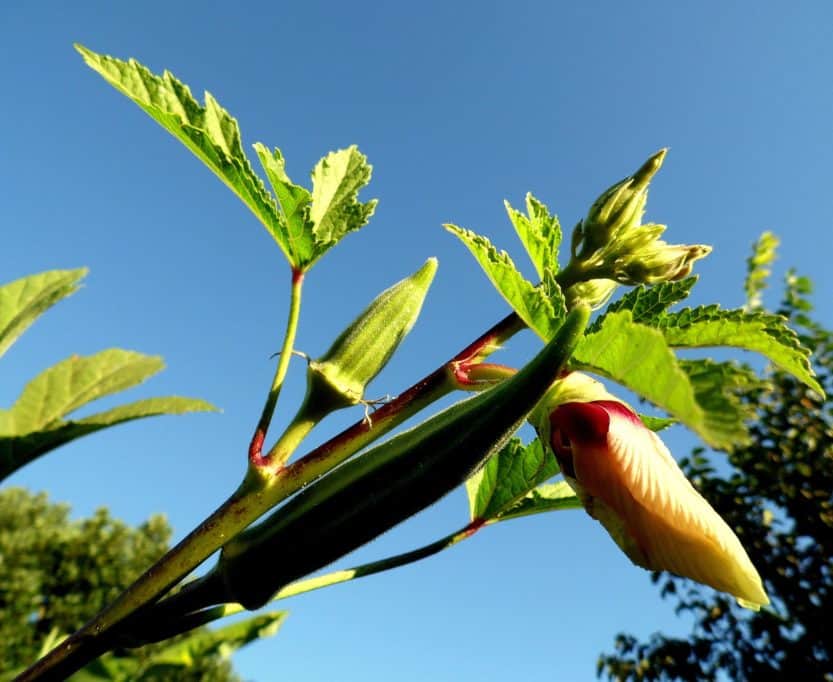
Okra grows exceptionally well in hot weather, making it perfect for USDA Zones 9-10. Sow seeds in the garden between late June and early July. Plant them about 1 inch deep and 3 feet apart, as okra can get quite tall. They require full sun and well-drained soil, maturing in approximately 60 days. Regular harvesting encourages continuous production, and their drought tolerance makes them a low-maintenance choice.
Radishes
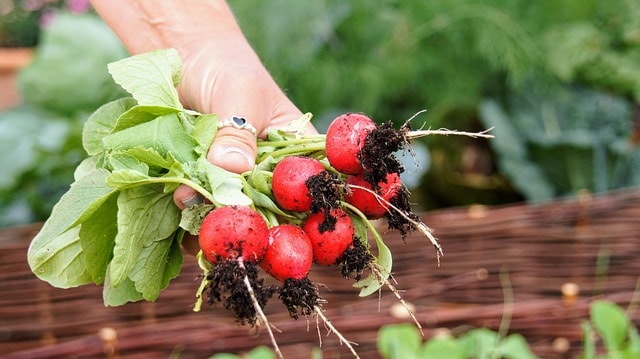
Radishes are a quick-growing crop that can be sown in all USDA zones through mid-summer. They thrive in loose, well-drained soil and can be planted directly about 1/2 inch deep. Plant every few weeks for a continuous harvest. Radishes mature in 25-30 days, so they can be harvested in about a month. The key is consistent watering, which helps with rapid growth and flavor development.
Kale

While often planted in cooler months, kale can also be planted in mid-summer in many USDA zones. It thrives in cooler weather, so planting in June allows it to develop before the first frost. Seeds should be sown in well-drained soil, about 1 inch apart. Kale can be harvested as baby greens or allowed to mature fully. Regular watering and partial shade during the hottest parts of summer can enhance nutrient development.
Flowers To Plant
Coneflower (Echinacea)
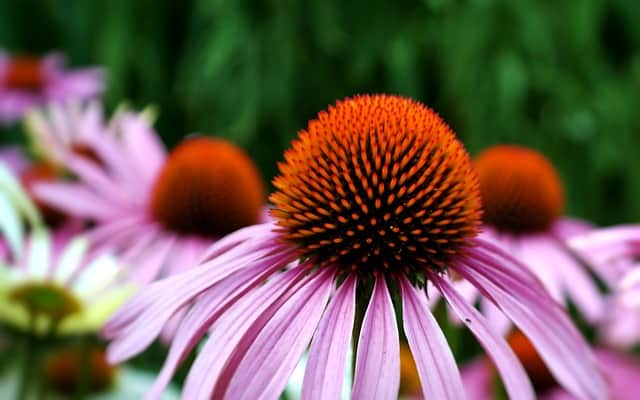
Coneflowers are a beautiful addition to any garden and can be planted in USDA Zones 3-4 in June. These drought-tolerant perennials thrive in well-drained soils with full sun exposure. Start by planting seeds approximately 1/4 inch deep, or use established plants for quicker bloom times. They require minimal maintenance and produce stunning blossoms that attract bees and butterflies. Coneflowers bloom from mid-summer to fall, bringing color and vibrancy.
Daylilies (Hemerocallis)
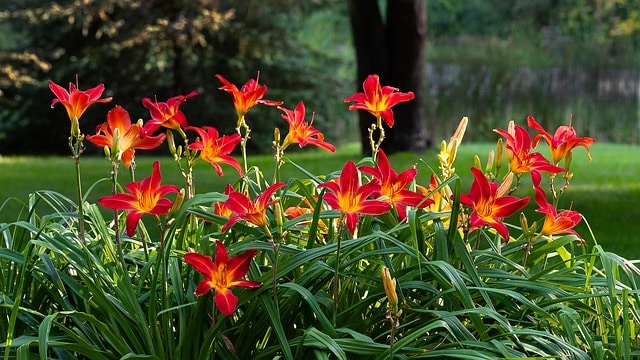
Daylilies can be planted in USDA Zones 3-4 throughout June and even into July. These perennials thrive in a variety of soil types and require full sun to grow optimally. Space plants about 18 inches apart and dig a hole deep enough to cover roots. These resilient flowers bloom from late spring through summer and come in a vast array of colors. They are low-maintenance and can naturalize, making them a great choice for cottage gardens.
Zinnias

Zinnias are a fast-growing annual flower ideal for USDA Zones 5-6 that can be sown directly from late June. They flourish in well-drained soil with full sun exposure. Plant seeds about 1/4 to 1/2 inch deep, ensuring there is space between them for air circulation. Zinnias bloom in vibrant colors and attract pollinators, making them great for cutting gardens. With deadheading, they can provide blooms until frost.
Sunflowers

Sunflowers can be planted in USDA Zones 5-6 until early July. Choose a sunny spot and plant seeds about 1 inch deep, spaced approximately 6 inches apart. These cheerful, tall flowers can reach impressive heights and bloom in late summer, producing seeds that attract birds. Ideal for any landscape, sunflowers are drought-resistant, requiring minimal care once established.
Salvia
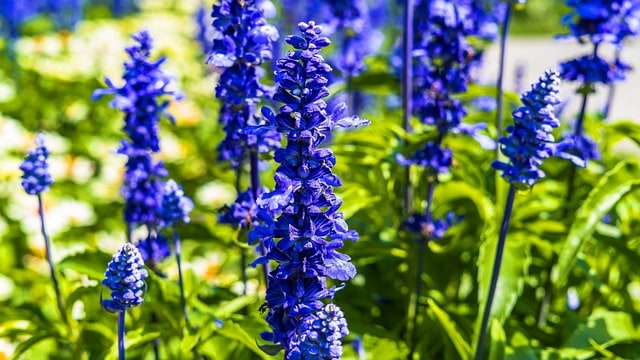
Salvia is an ideal summer perennial for USDA Zones 7-8. It prefers well-drained soil and full sun. When planting, ensure the roots are spread out within the hole and cover them lightly. Salvias bloom in vibrant blues and purples, attracting pollinators throughout the summer months. They are drought-tolerant once established and require little maintenance, making them a favorite for low-effort gardens.
Lantana
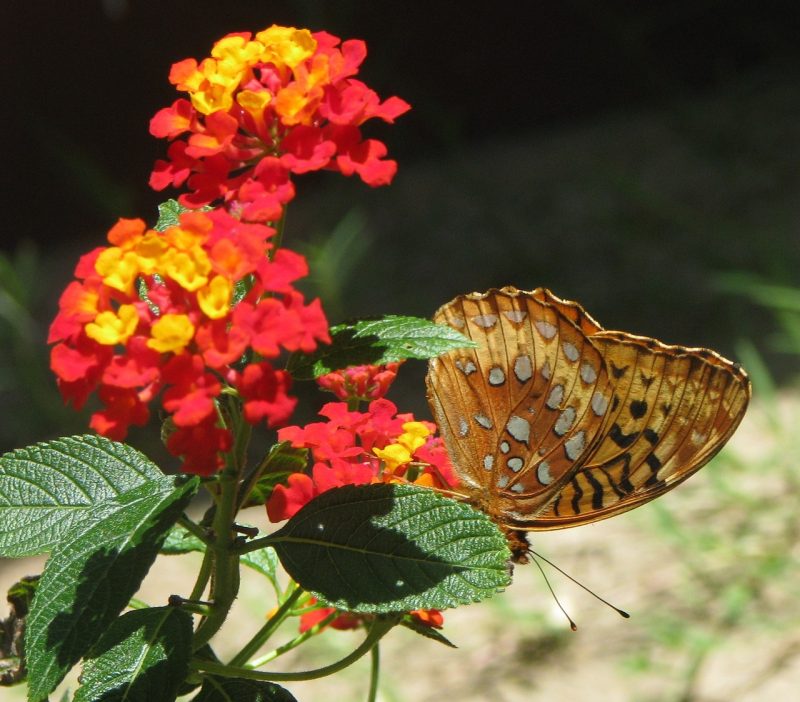
This vibrant flowering shrub can be planted in USDA Zones 7-8 during late June. Lantana thrives in poor, well-draining soils and loves full sun. Regular watering is necessary until established, after which it becomes highly drought-resistant. Lantana’s colorful blooms attract butterflies and other pollinators, adding life and vibrancy to any landscape.
Bougainvillea
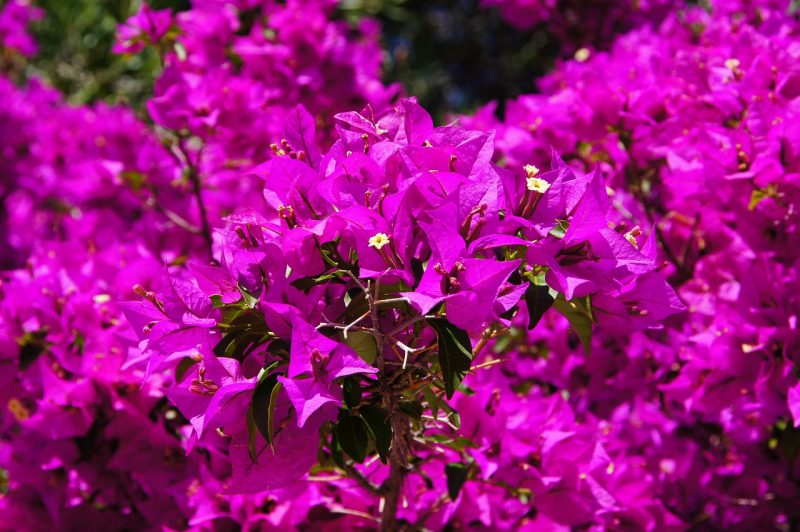
In USDA Zones 9-10, bougainvillea is an excellent choice for a splash of color. Plant in full sun and well-draining soil for optimal growth. Start with cuttings or potted plants, placing them about 3 feet apart to allow for sprawling growth. Bougainvillea produces beautiful bracts (the colorful parts) and thrives in hot, dry conditions, making them perfect for warmer climates.
Geraniums (Pelargonium)
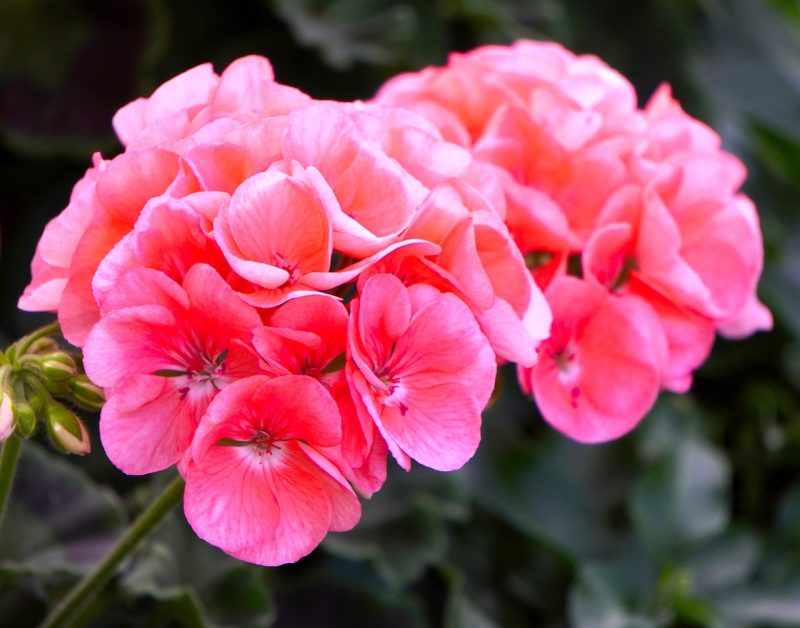
Geraniums can thrive in USDA Zones 9-10 and are versatile flowers suited for containers and garden beds. These colorful perennials should be planted in well-drained soil with full sun or partial shade. Ensure that you water regularly but allow the soil to dry slightly between waterings to avoid root rot. Geraniums can bloom throughout summer, producing beautiful clusters of flowers.
Nasturtiums
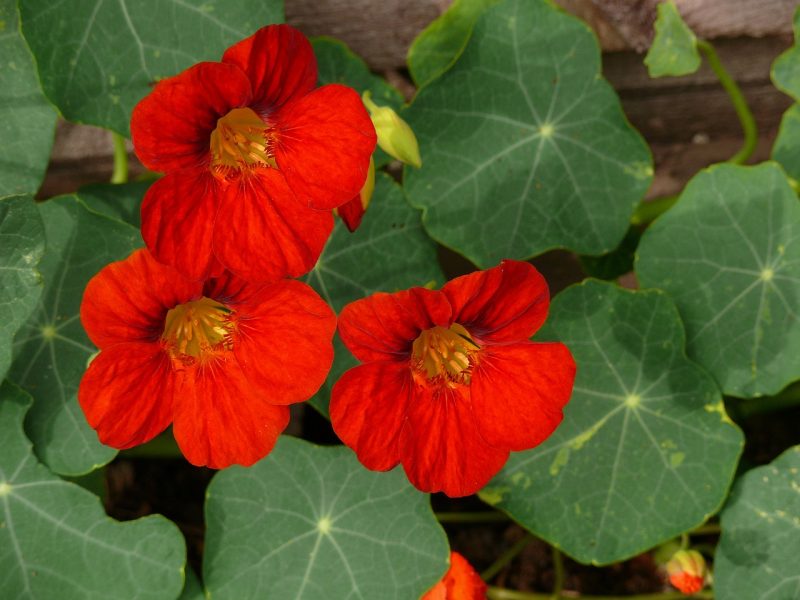
Nasturtiums are not only stunning but also edible, making them a wonderful addition to any garden in all USDA zones through June. They prefer well-drained soil and can be sown directly into the garden or started in pots. These flowers thrive in poor soil, producing vibrant blooms. Plant seeds 1/2 inch deep for best results. Harvest flowers and leaves for a peppery taste in salads, contributing both aesthetics and flavor.
Cosmos

Cosmos can be planted up until early July in various USDA zones. These easy-to-grow annuals love full sun and can perform well even in less-than-ideal soil conditions. Plant seeds about 1 inch apart and thin them out to allow for airflow as they grow. Cosmos offer a riot of colorful blooms from summer until the first frost, making them perfect for creating stunning cut flower arrangements.
Herbs To Plant
Thyme
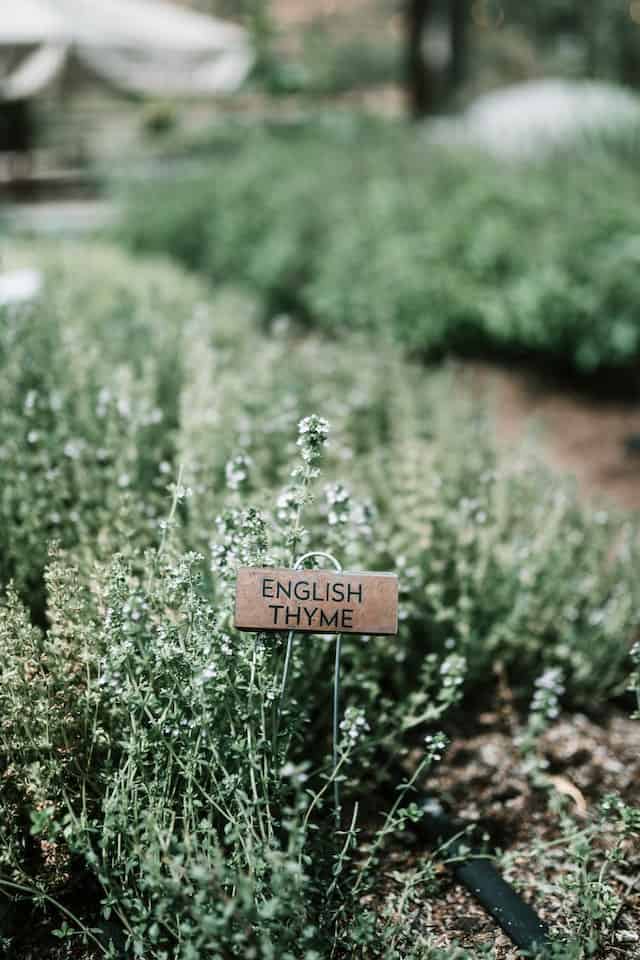
Thyme is a hardy perennial that thrives in USDA Zones 3-4, and June is an excellent time to plant it. It prefers well-drained soil and full sun. When planting seeds or transplants, ensure they are spaced about 12 inches apart to allow for spreading. Thyme is drought-resistant once established, requiring little in the way of maintenance, which makes it a fantastic choice for herb gardens. It can be harvested throughout the growing season, and its flavor intensifies with drying.
Chives

Chives, another excellent option for USDA Zones 3-4, can be planted from seed or sets in early June. They prefer fertile, well-drained soil and full sun but can tolerate partial shade. Plant them 6 inches apart, and they’ll quickly establish themselves, providing green shoots for culinary use. Chives can be harvested repeatedly, and their flowers attract pollinators, adding beauty to the herb garden.
Basil
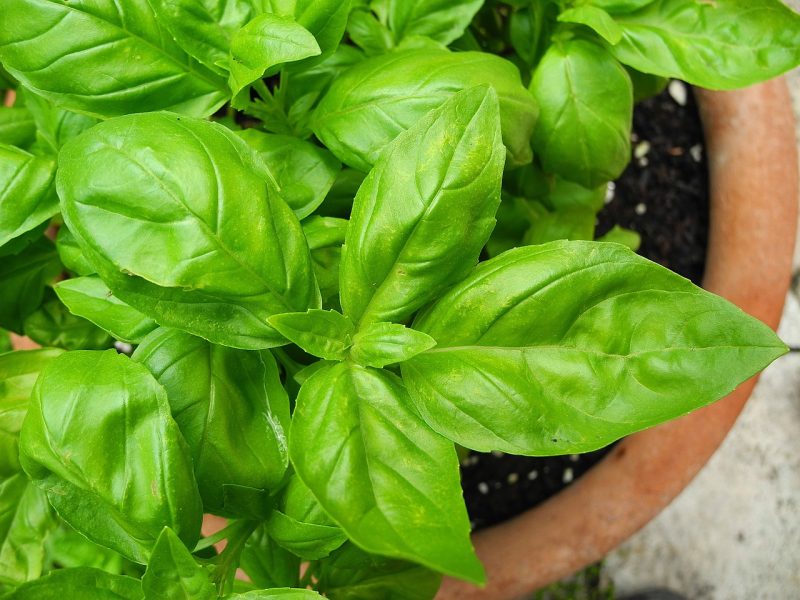
Basil, beloved for its culinary uses, can be planted in USDA Zones 5-6 during June. It loves warm weather and well-drained, nutrient-rich soil. Space plants about 12 inches apart to allow for their bushy growth habit. Regular pruning encourages bushier plants and prevents flowering, which can change the flavor. Basil does well in containers, and keeping its soil consistently moist will support leafy growth.
Oregano
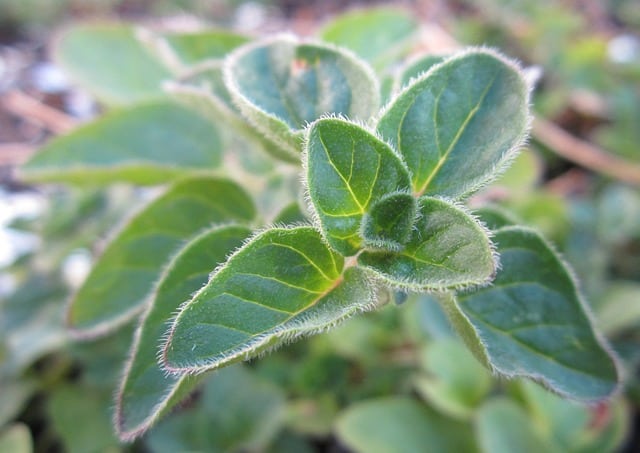
In USDA Zones 5-6, oregano can be successfully planted in well-drained soil during June. This perennial herb, known for its robust flavor, requires full sun for optimal growth. Space plants about 12 inches apart, as they can spread quite a bit over time. Oregano thrives with minimal care and can be harvested throughout the summer, either fresh or dried for long-term use.
Rosemary
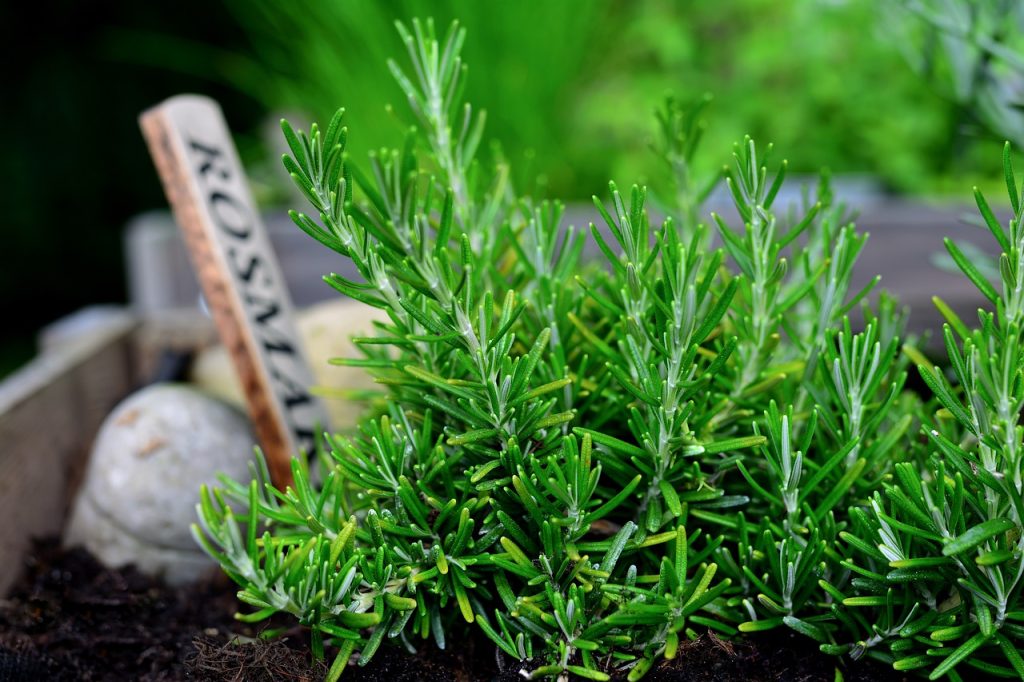
Rosemary is ideal for USDA Zones 7-8 and prefers warm, sunny locations with well-drained soil. Plant individual plants about 2-3 feet apart to allow for their potential size. Rosemary can be successfully propagated through cuttings in June, and it develops a richer flavor when used fresh. As a drought-resistant plant, it requires only moderate watering, making it low maintenance.
Sage

Sage is well-suited for USDA Zones 7-8 and can be planted until July. It enjoys well-drained soil and full sunlight. When planting, place plants about 2 feet apart to allow for growth and air circulation. Regularly harvesting leaves can improve the flavor and density of the plant. Sage is a hardy perennial and can withstand drought once established.
Cilantro
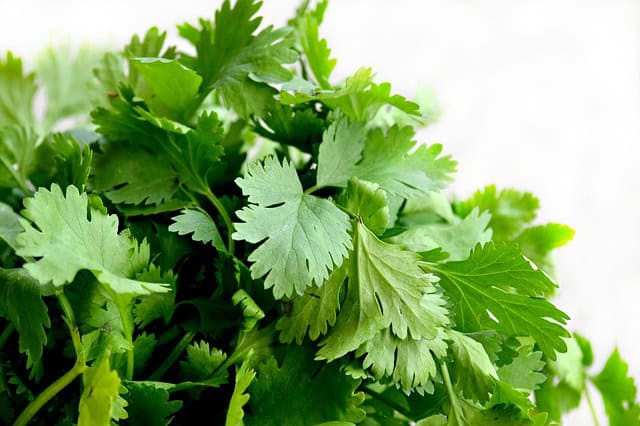
Cilantro, while traditionally planted in cooler weather, can be sown in early June in USDA Zones 9-10. It prefers well-drained soil and can tolerate partial shade. Seeds should be sown about 1 inch deep and spaced out to prevent overcrowding. You can harvest cilantro leaves continuously until the plants bolt, at which point they produce seeds – known as coriander. Watering consistently keeps the plant healthy.
Mint
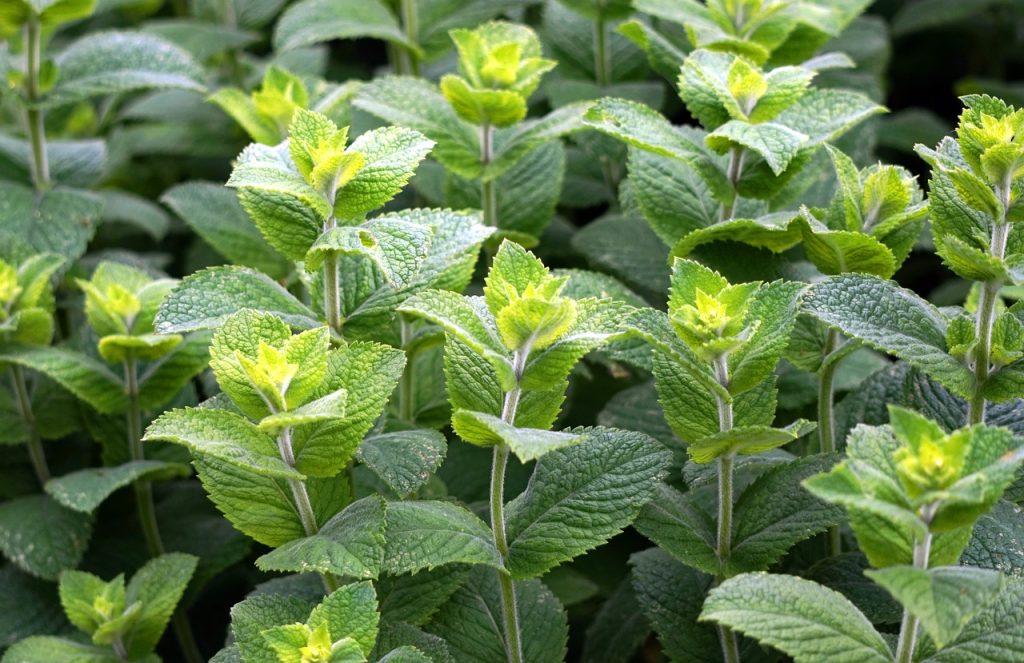
Mint is an aromatic herb suitable for USDA Zones 9-10, thriving when planted in June. While it prefers rich, moist soil, mint is quite adaptable and can tolerate a variety of conditions. Planting mint can be done directly in the ground, but due to its invasive nature, you might consider using containers. Ensure ample space, around 12 inches apart, to manage growth and spreading. Regular harvesting can keep it healthy and flavorful.
Fennel
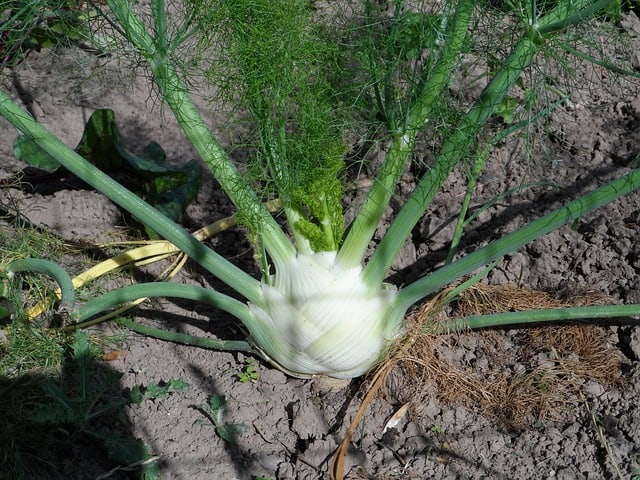
Fennel is a unique herb that can be planted mid-summer, suitable for all USDA zones. It thrives in rich, well-drained soil in full sun. Seeds should be sown about 1 inch deep and spaced adequately to promote growth. Fennel can take about 80-100 days to mature. Young fennel bulbs can be harvested when tender and used in salads or cooked dishes, while the fronds add flavor to various culinary uses.
Tarragon
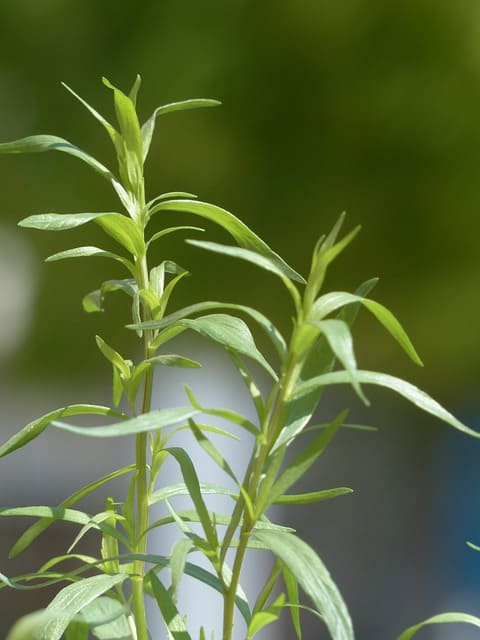
French tarragon, prized for its culinary uses, can be planted in June in many regions. It prefers full sun and well-drained soil, making it ideal for gardens. Plant tarragon about 12 inches apart, allowing enough room for bushy growth. Once established, it requires moderate watering and provides continuous harvests. Tarragon is a perennial that thrives in summer heat, making it a flavorful addition to your herb garden.
Landscape Plants To Plant
Maple Trees (Acer)

Maple trees can be planted until late June in USDA Zones 3-4, where they will thrive in a variety of soils, provided they are well-draining. When planting, dig a hole twice as wide as the root ball and set the tree in the center. Backfill with soil and water thoroughly. Maple trees bring brilliant fall foliage and provide ample shade during the summer months. They are fast-growing and provide a tremendous ecological benefit through habitat provision.
Evergreen Shrubs
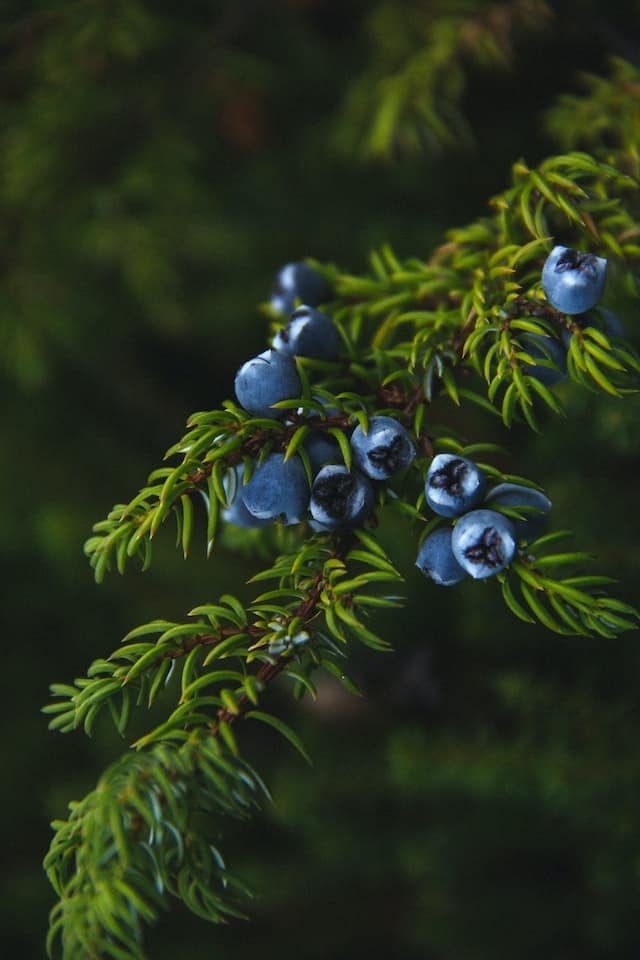
In USDA Zones 3-4, evergreen shrubs like junipers can be planted during the cooler evenings of July. They are extremely adaptable and can thrive in diverse soil conditions, making them ideal for landscape design. Space these shrubs about 2-3 feet apart for proper growth. Regular watering during their establishment period will promote strong root systems. Once established, evergreens bring year-round color and texture to your garden.
Sedum (Stonecrop)
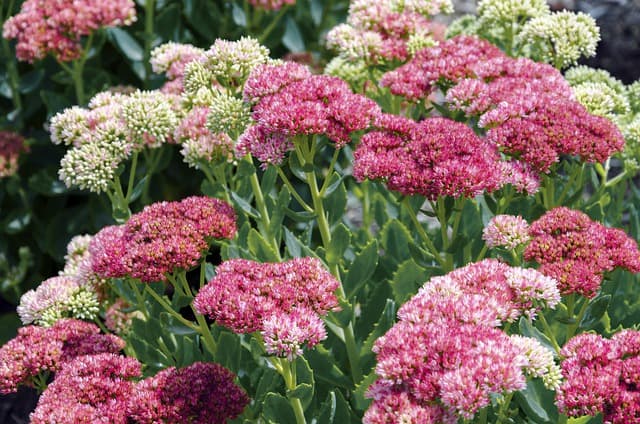
Sedums are low-maintenance flowering perennials that can be planted in USDA Zones 5-6 throughout the summer. They thrive in poor soil conditions and full sun. Space plants about 12 inches apart to allow for spreading. Sedums are drought-resistant and require little care once established, making them perfect for rock gardens or borders. Their clusters of star-shaped flowers attract pollinators in late summer.
Lilacs (Syringa)
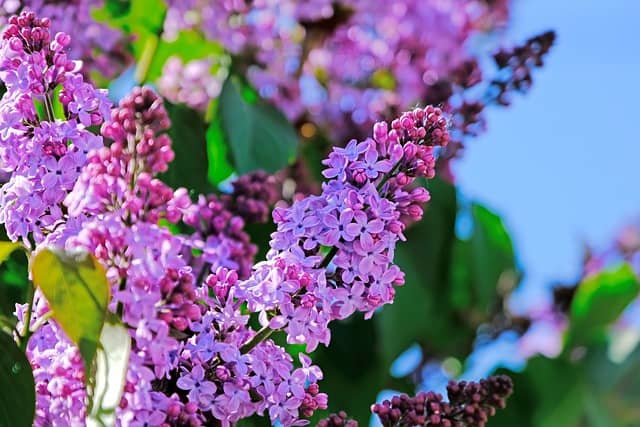
While best planted in the spring or fall, lilacs can be successfully established in USDA Zones 5-6 in early summer. Choose a sunny location with well-draining soil, spacing the plants about 5-10 feet apart to allow for growth. Regular watering until established will help reduce stress during the warm months. Lilacs provide stunning spring blooms and a pleasant fragrance while drawing in beneficial insects.
Crape Myrtle (Lagerstroemia)
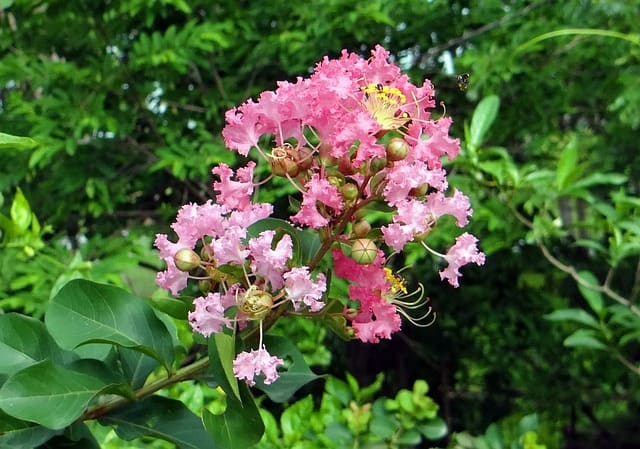
In USDA Zones 7-8, crape myrtle is a popular choice for summer planting. These flowering trees thrive in full sun and tolerate heat well. Choose a well-drained location and plant your crape myrtle 3-4 feet apart. They bloom in shades of pink, purple, and white throughout the summer, providing vibrant color. Regular watering helps establish the trees, and pruning in late winter can enhance blooming potential.
Pine Trees

Pine trees can be planted in late June in USDA Zones 7-8. These hardy evergreen trees prefer well-drained soil and full sun. When planting, make sure the hole is deep enough for the root ball, allowing it to spread naturally. Pioneers in soil stabilization, pine trees provide environmental benefits, like reducing erosion and improving air quality. Frequent watering is crucial during their establishment phase for optimum growth.
Palm Trees

Palm trees are perfect for USDA Zones 9-10 and can be planted from June onwards. They thrive in well-drained, sandy soils. When planting, provide ample space between individual palms, as they can grow quite large. Ensure consistent watering during the establishment phase but allow the soil to dry out between watering for disease prevention. Palms introduce a tropical aesthetic, suitable for patios and gardens.
Hibiscus (Hibiscus rosa-sinensis)
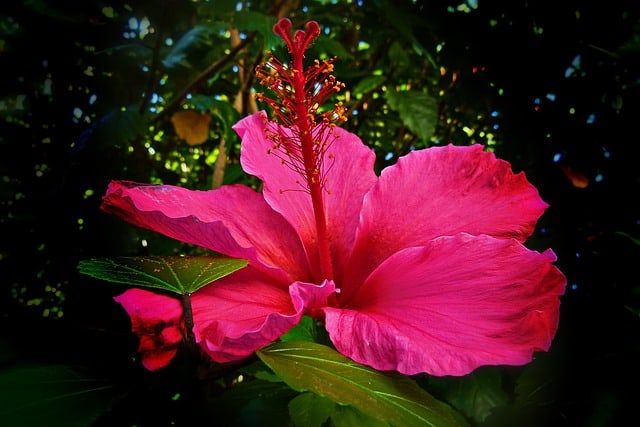
Hibiscus is ideal for planting in USDA Zones 9-10 in June. They require well-drained soil and full sun to thrive. Planting them about 3-4 feet apart allows for their bushy growth. Hibiscus blooms in stunning colors throughout summer, adding bold and vibrant aesthetics to the landscape. Regular watering and fertilization encourage healthy blooming, while pruning can promote bushy growth.
Perennial Grasses
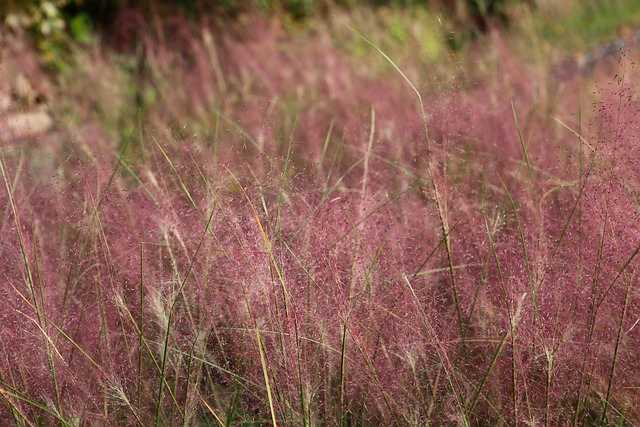
In all regions, ornamental grasses can be planted in June and July, offering texture and movement to landscapes. They generally thrive in various soil types and love full sun. Space plants appropriately to allow their thick clumping form, usually 18 inches apart. Grasses such as feather reed or miscanthus become stunning focal points in the fall with their feathery plumes, while also providing habitat for wildlife.
Flowering Dogwood Trees (Cornus florida)
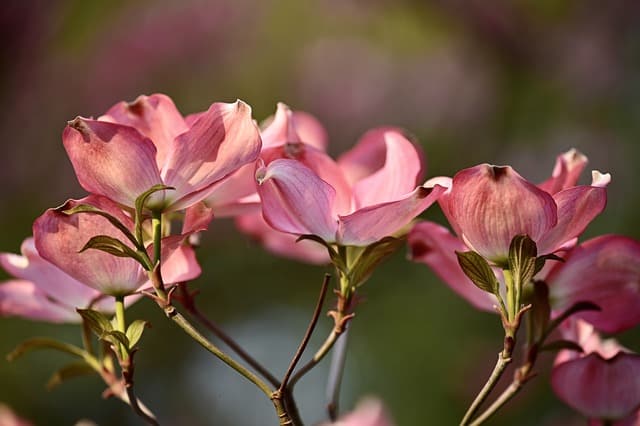
Flowering dogwood trees are a beautiful addition to any landscape and thrive in all USDA zones. Plant them in late spring to early summer for best results. They prefer rich, well-drained soil and partial shade for optimal growth. Space them approximately 15-30 feet apart to allow for their mature size. These trees offer stunning spring blooms and vibrant red foliage in fall, enriching any garden space with seasonal interest.



